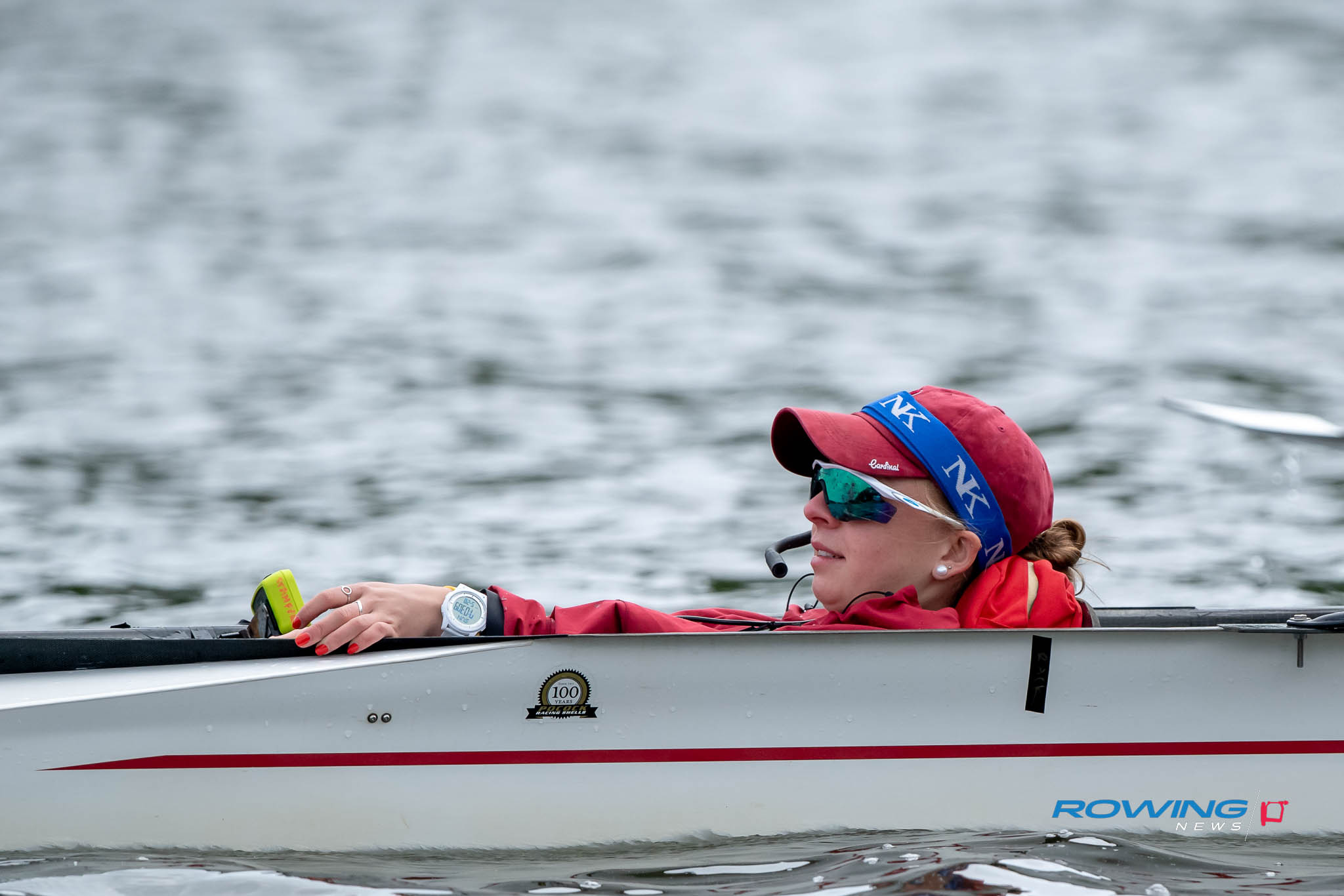BY BILL MANNING
PHOTO BY ED MORAN
To continue reading…
This article is exclusively for Rowing News subscribers. For as little as $5 a month, you can get access to the best quality, independent reporting on all the issues that matter to the North American rowing community.
Already a subscriber? Login
Rowing coaches increasingly have more and better technology available to help create boat speed. Some of these technologies produce prodigious amounts of information that can easily overwhelm coaches. All of it requires interpretation. Often, coaches put too much faith in the data and allow it to make decisions for them. This “dictatorship of data” can impede the coach and athletes from finding their best possible speed.
Tools such as the Peach System, EmPower Oarlocks, Catapult Minimax, and Smart Oars provide incredibly useful data on how athletes behave in the boat and how the boat moves with the athletes. Each brings usable feedback to the coach, but none alone predicts success or who moves the boat fastest. They are generally better employed as teaching tools rather than selection devices.
The newest technology is mostly wearable. Tracking the exertion, sleep, and recovery of athletes with Whoop, Omegawave, or other heart-rate monitors is both useful and fascinating. There are clear benefits to knowing exactly what your athletes’ bodies are experiencing in real time, but it takes experience–both with the technology and with the athletes–to interpret this data usefully. Just because something is measurable doesn’t make the measurement conclusive. If athletes are judged by their heart rate, they then will prioritize attaining the “correct” heart rate.
Erg times are data points, too. They measure physical fitness. Nothing better predicts what an athlete can bring to the boat than strength and fitness, but they do not, in and of themselves, indicate how much an athlete contributes to boat speed. That’s right: Ergs don’t float. Would you select a track team based on who can squat the most weight or a swimming team based on who can do the most dips? Physical fitness is essential to making fast boats but it is not the only consideration. A coach who hides behind a selection decision by letting the erg select the crew is very possibly missing boat speed.
The stopwatch is the original data-collection tool. Nothing, besides lining up next to the opposition and racing better, indicates a boat’s ability better than the clock. Gold-medal standards and prognostic times are the best predictors of racing success but they still do not guarantee anything. The clock doesn’t lie, but it doesn’t necessarily tell the whole story, either. Coaches must account for wind direction, stream flow, and water temperature when evaluating times. Fast times in fast conditions are satisfying and fun, but don’t be fooled into thinking you’re fast.
At the end of the day, the only datum a coach can rely on with perfect confidence is the outcome of the race. Winning the race is the goal; going fast, being fit, training smart, and rowing well are all only tools. Failing to see the forest for the trees and becoming a slave to the numbers lead to missing the mark. Using these tools wisely increases the chances of winning significantly.

